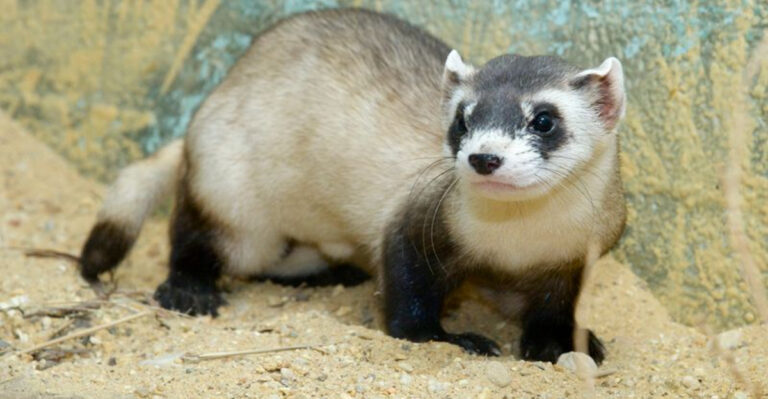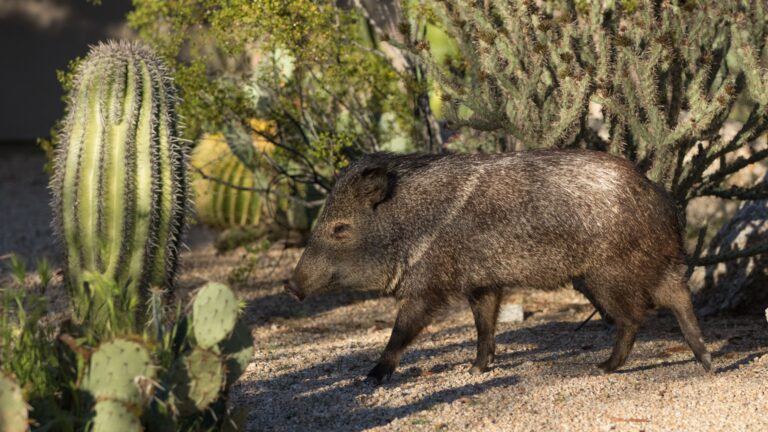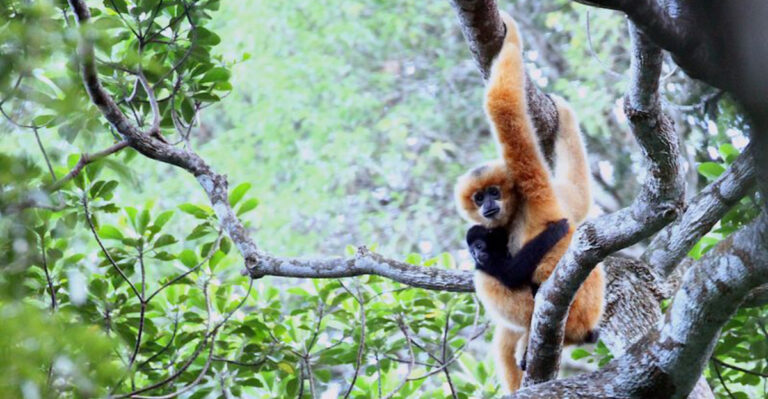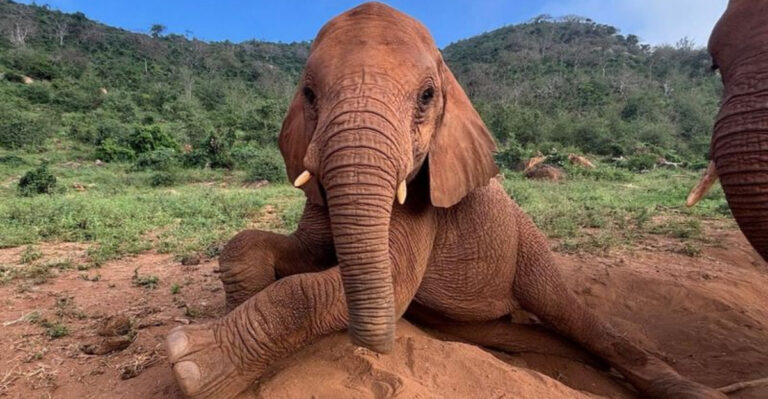Meet The Massive Crocodiles That Make Their Homes 40 Feet Underground
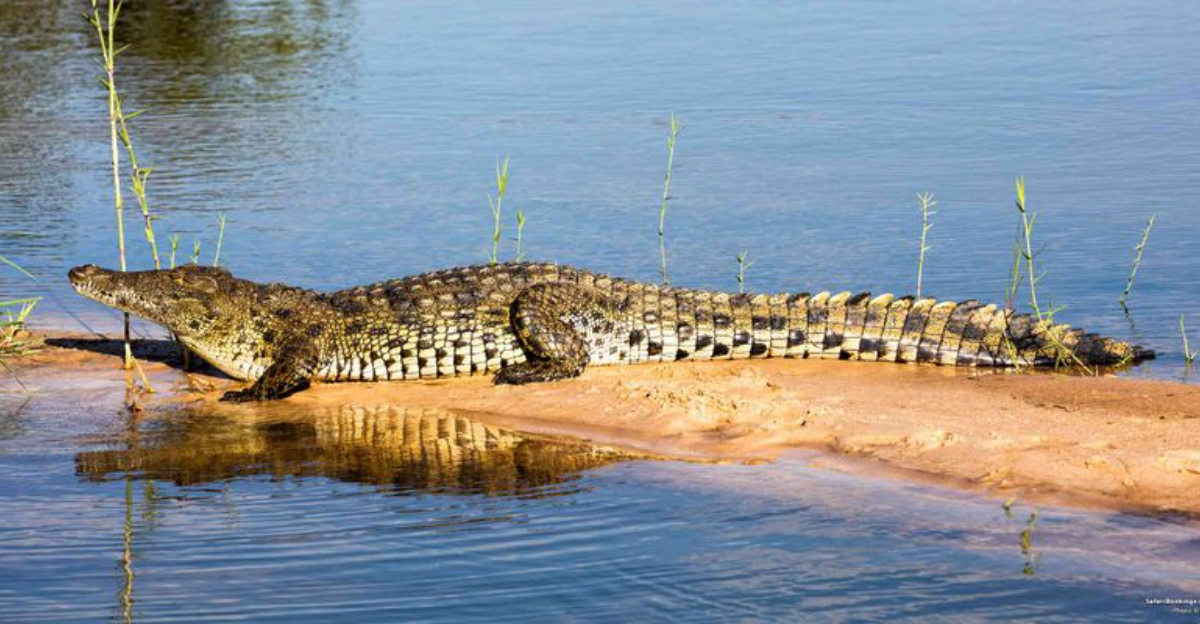
Nile crocodiles are one of the most fascinating and fearsome reptiles on the planet. Known for their massive size and formidable presence, these ancient creatures have adapted in incredible ways to survive in diverse environments.
One of the most intriguing aspects of Nile crocodiles is their ability to dig burrows that extend deep underground, sometimes reaching up to 40 feet.
Today, we will explore some captivating facts about these burrowing giants, highlighting their habitat, burrowing behavior, and how these underground homes play a crucial role in their survival.
1. Habitat And Distribution
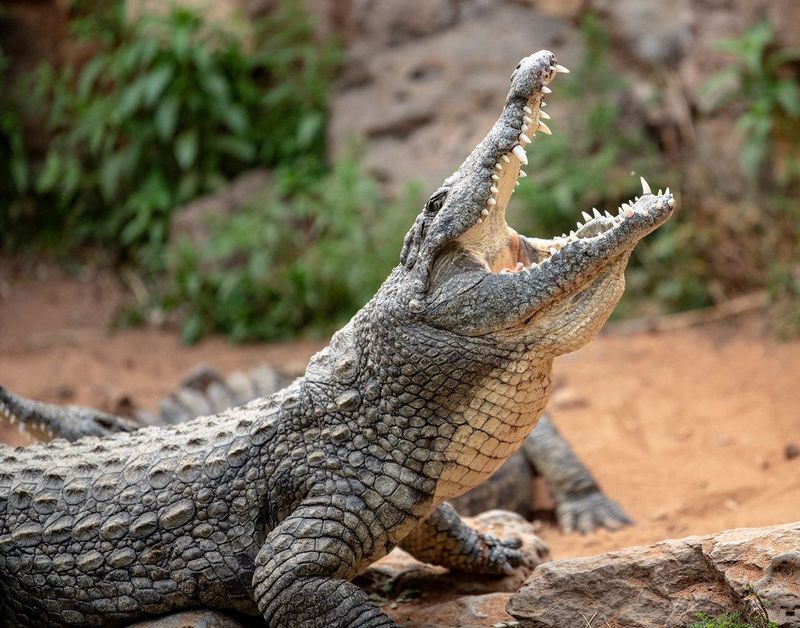
Nile crocodiles are native to Africa and are commonly found in freshwater environments such as rivers, lakes, and marshlands. These formidable predators thrive across sub-Saharan Africa, with the largest populations residing along the Nile River and its tributaries.
The crocodile’s habitat is characterized by warm temperatures and access to vast bodies of water, which provide abundant food sources. In addition to their aquatic environments, Nile crocodiles also inhabit areas with sandy banks or muddy riverbanks, ideal for constructing their impressive burrows.
Their distribution is extensive, and they have adapted to various ecological niches, allowing them to occupy both remote and densely populated regions. Nile crocodiles play a vital role in their ecosystems, maintaining the health of aquatic environments by controlling fish populations and providing scavenging opportunities for other species.
The crocodiles’ ability to adapt to different habitats has ensured their survival over millions of years, making them one of the apex predators in their regions. Their widespread distribution highlights their resilience and importance in the African ecosystem, contributing to the biodiversity and ecological balance of the areas they inhabit.
2. Burrowing Behavior
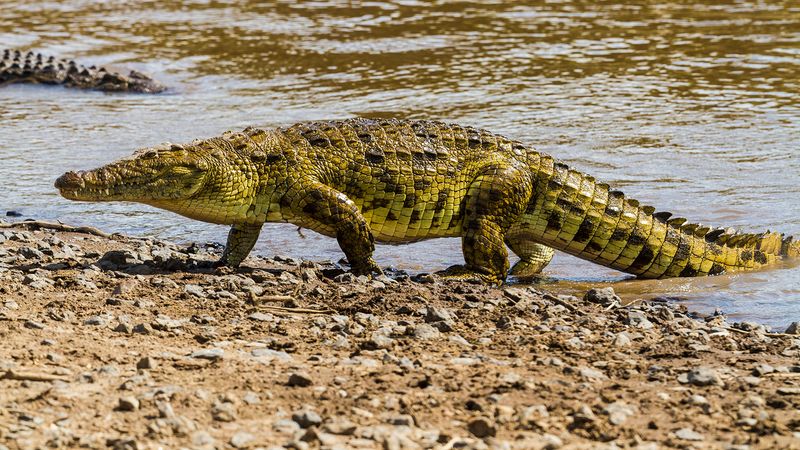
Nile crocodiles exhibit remarkable burrowing behavior, which is essential for their survival in various habitats. These large reptiles use their powerful tails and hind legs to dig extensive burrows into riverbanks or sandy shores.
The burrows can reach impressive depths, sometimes extending up to 40 feet underground. By constructing these underground homes, Nile crocodiles create a stable and secure environment that protects them from the harsh surface conditions.
Burrowing is not only a protective measure against predators but also a strategy to regulate body temperature, as the subterranean environment offers consistent coolness. The process of burrowing allows these crocodiles to escape the intense heat during the day and provides a refuge during seasonal changes.
This behavior is particularly significant during the breeding season, as female crocodiles dig nests within these burrows to lay their eggs. The crocodiles’ burrowing instinct showcases their adaptability and intelligence, enabling them to thrive in challenging conditions.
By understanding their burrowing behavior, we gain insight into the complex survival strategies of these ancient creatures and their ability to maintain a balance between land and water habitats.
3. Construction Of The Burrows
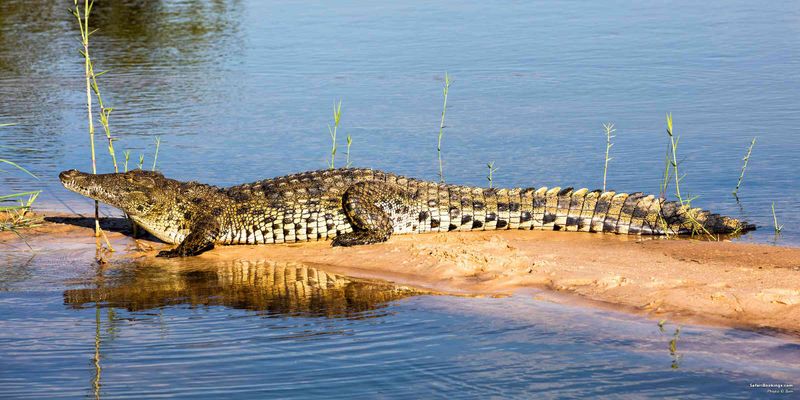
The construction of a Nile crocodile’s burrow is an engineering marvel, reflecting the animal’s instinctive understanding of its environment. These burrows are meticulously crafted, with entrances positioned above the flood line to prevent water from entering during rainy seasons.
Inside, the burrow features multiple chambers that serve different purposes, such as resting, nesting, and sheltering from predators. The construction process involves strategic planning, as the crocodile uses its strong limbs and tail to remove soil and debris, creating a stable and spacious underground network.
Each burrow is unique, adapting to the specific topography and soil conditions of the area. The complexity of these structures highlights the crocodile’s ability to manipulate its surroundings to create a secure habitat. By providing cool and stable conditions, the burrows offer the crocodiles a reprieve from the extreme temperatures and threats above ground.
The careful construction of these burrows is a testament to the crocodile’s survival skills, enabling them to thrive in diverse and challenging environments. These underground structures are essential for the crocodile’s lifecycle, offering a safe haven for both adults and their offspring.
4. Purpose Of The Burrows
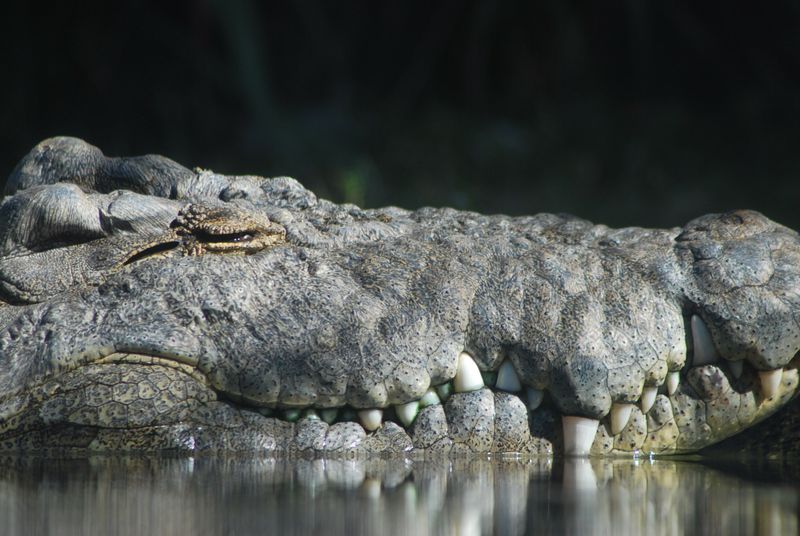
The purpose of the Nile crocodile’s burrows extends beyond mere shelter; these underground homes serve multiple vital functions. Primarily, the burrows provide a refuge from predators and extreme weather conditions, offering a cool escape from the intense African sun.
The stable temperature within the burrows helps regulate the crocodile’s body temperature, a critical aspect of their physiology. Additionally, these burrows play a significant role in the crocodile’s reproductive process.
Female crocodiles utilize the burrows to incubate their eggs, providing a safe and controlled environment for hatching. The secluded location of the burrows minimizes the risk of predation on the eggs and young crocodiles, ensuring a higher survival rate for the offspring.
Furthermore, the burrows serve as a strategic base for the crocodiles, allowing them to launch ambush attacks on unsuspecting prey from the safety of their underground retreat. This multifunctional use of burrows underscores the intelligent design and adaptability of the Nile crocodile’s habitat management.
By understanding the purpose of these burrows, we appreciate the intricate relationship between the crocodiles and their environment, and their ability to thrive in the wild.
5. Reproductive Significance
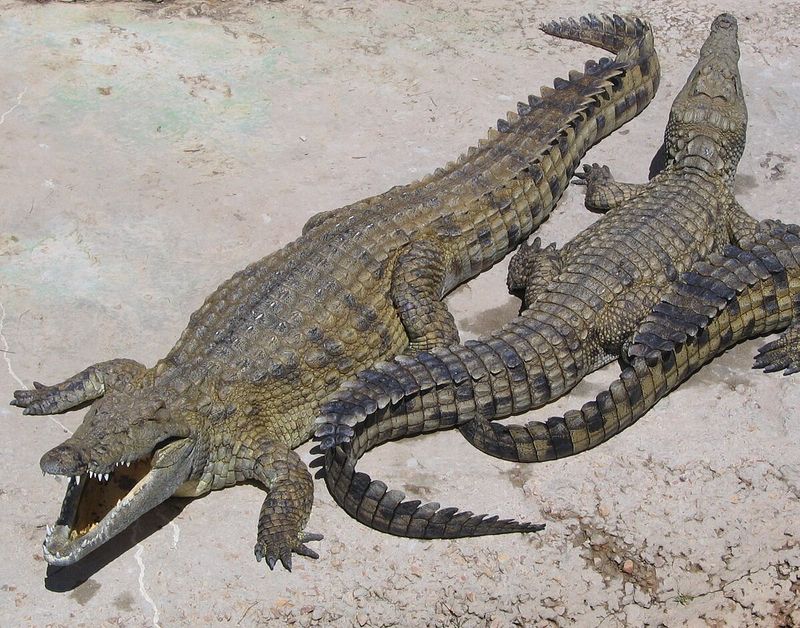
The reproductive significance of Nile crocodile burrows cannot be overstated, as these structures are pivotal for the species’ successful reproduction. During the breeding season, female crocodiles seek out ideal locations to dig their nests within the safety of their burrows.
The chosen sites are carefully selected to ensure optimal temperature and humidity for egg incubation. Once the female lays her eggs, she covers them with sand and remains vigilant, guarding the burrow from potential threats.
The burrow’s stable environment offers the eggs protection from temperature fluctuations and predators, substantially increasing the likelihood of successful hatching. The crocodile’s maternal instincts are evident as she fiercely defends her nest, ensuring the survival of her offspring.
After hatching, the young crocodiles are guided to the water by their mother, who provides protection during their vulnerable early days. This reproductive strategy showcases the effectiveness of burrows in facilitating the continuation of the Nile crocodile species.
The burrows are not just shelters but crucial components of the crocodile’s life cycle, highlighting the intricate balance between environmental adaptation and reproductive success.
6. Burrows As Protection From Predators
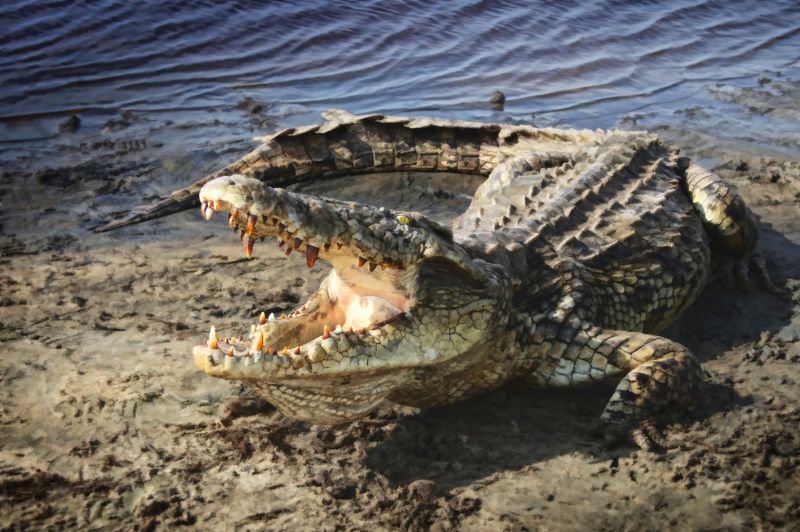
Nile crocodile burrows offer essential protection from predators, acting as secure hideaways that shield these formidable reptiles from potential threats. Despite their size and strength, Nile crocodiles are not immune to attacks, particularly from large mammals like lions and hyenas.
The burrows provide a sanctuary where crocodiles can retreat, reducing the risk of confrontation with predators on land. Inside the burrow, the crocodile is well-protected, with only a narrow entrance that can be easily defended.
This defensive strategy allows the crocodile to avoid unnecessary battles, conserving energy and reducing injury risk. The burrow’s depth adds an additional layer of security, making it difficult for predators to reach the crocodile inside.
This use of burrows as protective structures highlights the crocodile’s strategic planning and adaptation to its environment. By utilizing these underground shelters, Nile crocodiles ensure their safety and longevity, allowing them to focus on hunting and reproduction.
The role of burrows in predator avoidance is a testament to the crocodile’s intelligence and survival instincts, showcasing their ability to thrive in a world filled with natural challenges.
7. Impact On Ecosystems
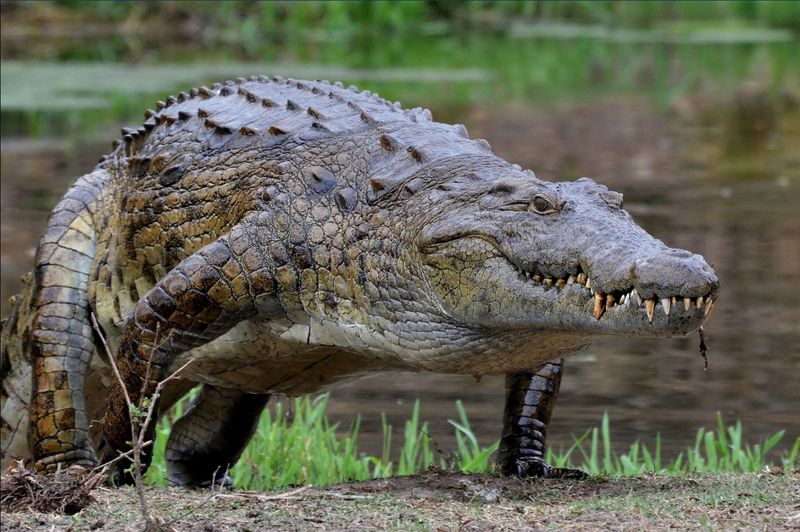
The impact of Nile crocodile burrows on ecosystems is profound, as these structures contribute to the biodiversity and health of their habitats. By digging their burrows, Nile crocodiles inadvertently create new habitats for various other species.
The burrows can become homes for smaller animals, such as insects, amphibians, and reptiles, which find refuge in the cool and stable environment. This interspecies relationship enhances the local biodiversity, supporting a wide range of organisms that rely on the burrow’s microhabitat.
Additionally, the presence of crocodile burrows influences the surrounding vegetation, as the soil turnover promotes plant growth and regeneration. The burrows also affect water flow and sediment distribution along riverbanks, contributing to the overall dynamics of the ecosystem.
By maintaining a balanced ecosystem, Nile crocodiles indirectly support the health and sustainability of their environment. Their role as ecosystem engineers demonstrates the interconnectedness of species and the importance of preserving these apex predators.
Understanding the impact of crocodile burrows on ecosystems allows us to appreciate the complex web of life that exists within these habitats, highlighting the need for conservation efforts to protect both crocodiles and their ecosystems.
8. Human Interactions And Conservation
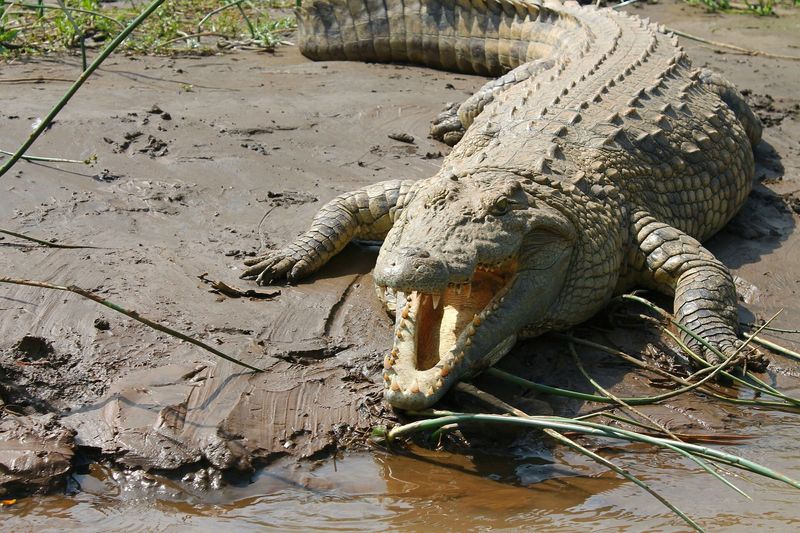
Human interactions with Nile crocodiles and their burrows have been both challenging and beneficial. While these majestic creatures are often feared due to their size and power, they are also revered for their ecological importance.
In some regions, human activities threaten crocodile habitats, leading to habitat degradation and loss. However, conservation efforts have been initiated to protect these vital ecosystems and ensure the survival of Nile crocodiles.
Education and awareness campaigns promote coexistence, highlighting the crocodiles’ role in maintaining ecological balance. Conservationists work tirelessly to monitor crocodile populations, protect nesting sites, and prevent poaching.
By fostering a better understanding of the significance of crocodile burrows, communities are encouraged to appreciate these animals and their contributions to the environment. Collaborative efforts between governments, NGOs, and local communities aim to create sustainable solutions that benefit both humans and crocodiles.
The success of these conservation strategies relies on recognizing the value of Nile crocodiles as key players in their ecosystems. By ensuring the protection of their burrows and habitats, we support the rich biodiversity that thrives in harmony with these incredible reptiles.


